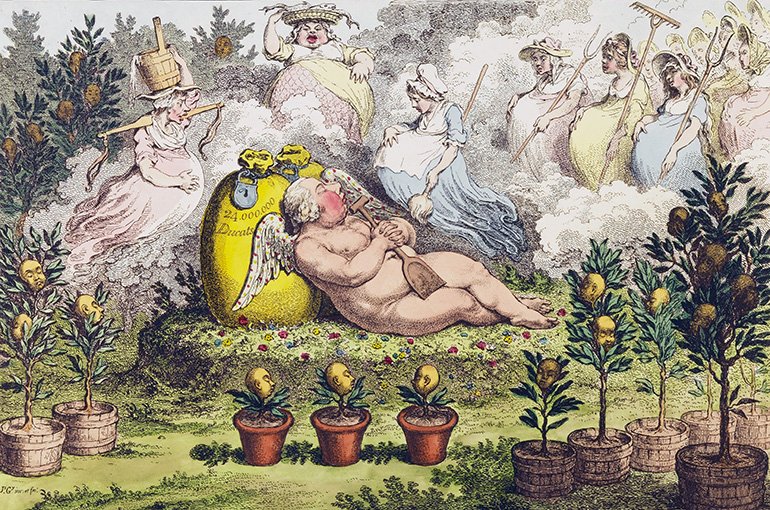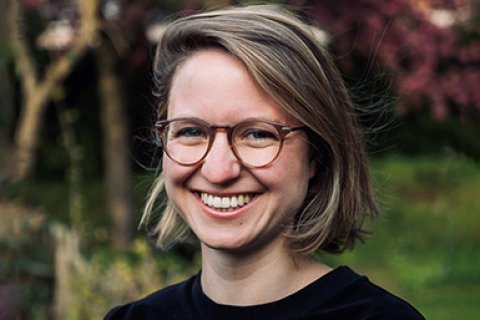The recovered music that tells the 200 year old story of Dutch revolutionaries

Around 1800, political and social unrest swept through Europe. The Netherlands, or more correctly, the Dutch Republic, also was the scene of civil conflict and political coups. Music played an important role in this, Assistant Professor of Intangible Heritage Renée Vulto says. Together with the ensemble Camerata Trajectina, she brought the revolutionary music of the time back to life. Which role did music play in the lives of the the eighteenth-century Dutch? How did this music sound? And which parallels can be drawn to our current times?
The ‘fire of revolution’
The Dutch Republic, the Batavian Republic, and the French Empire. Around 1800, changes of power rapidly succeeded one another, and the hatred, envy, and violence that accompanied them dominated the public debate. “Back then, song culture was deeply embedded in people’s daily lives,” Vulto says, who looked at the music from this revolutionary era (1780-1815). “It gave them an opportunity to become part of a community, a collective.”

“The songs of the Dutch revolutionary period had to ‘inflame’ their singers, to ‘electrify’ their listeners, to make hearts ‘beat’ and ‘burn’. The politics of that time were voiced as highly emotional matters, speaking directly to people’s bodies to engage them in political action. Patriots and Orangists, Batavians and French, a stadtholder, an emperor, and a king – they all entered the political stage and tried to appeal to people’s feelings. In mocking songs, they scolded each other, which eventually led to mutual hatred and even armed conflict.”
Music and imagination
In her research, Vulto observed that one ingredient was indispensable for an effective political song culture: imagination. “In songs, people could voice their ideals,” she explains. “A Dutch Republic without a despotic stadtholder, for example, or a new kingdom with a strong prince of Orange.”
“And a memory of a real gathering, where people sang together, is more concrete than a representation of a possible community. On the basis of such memories, communities that had been driven apart could be continued even at a distance, in the imagination,” Vulto says, pointing to, for example, the Patriots who lived in exile between 1787 and 1795.
The revolutions of around 1800: a quick recap
“The Dutch revolutionary period largely laid the foundations for the Netherlands as we know it today,” Renée Vulto explains. The years around 1800 marked a period of great political and social instability. “In the Dutch Republic, old quarrels between democratic reformers and supporters of the stadtholder flared up again, so much so that in 1787 it a brief civil war broke out.”
“The stadtholder, or actually his wife Wilhelmina, enlisted the help of Prussia, and many patriots were forced to flee. Some of them headed to France and returned in 1795 with the help of the French. In the meantime, they had started calling themselves ‘Batavians’ and after a revolution the Batavian Republic was declared. But soon Napoleon came and tightened his grip on the new republic. The emperor’s power, however, was not long-lived either and in 1813 the son of the expelled stadtholder returned as King William I of the Netherlands.”
Imagination also helped confirm a new regime after yet another political shift. Vulto mentions the many festive songs of the Batavian Revolution after 1795 and the songs of welcome to king William I in 1813. “So music was not only used to mobilise and polarise. Eventually, the Dutch also sang songs to erase the disputes of the revolutionary period.”
Protest song today
“From street songs to religious hymns – songs allowed people to express and share their feelings,” Vulto says. And to some extent, this is still true today. She points to the research of her colleague Laurens Ham. Ham shows that whereas they were struggling for a while in the 1990s and early 21st century, protest songs are now back on the scene.
Nevertheless, the differences between then and now are significant. “The use of political or protest songs is a much smaller part of public debate today,” Vulto points out. “Now, a lot of public discussion is taking place through online media like Twitter. Eighteenth-century songs can be seen as the social media of the time. Through songs, people proclaimed their opinions, tried to gain support for their views, and engaged in discussions.”
The ‘Revolutie!’ album: the sound of history
‘Revolutie!’, the album Renée Vulto recorded with Camerata Trajectina, features the various voices of the Dutch revolutionary period (1780-1815). “Together we made a selection of songs that not only tell the Netherlands’ story of the time, but that are also musically interesting. The album has thus become a very nice audio documentary of these turbulent times.”
The album builds on Vulto’s PhD research on the political song culture of the Dutch revolutionary period. “I wanted to know what effect the songs had on the feelings of the singers and listeners, so I started singing them and sought the expertise of Camerata Trajectina. They have been the leading ensemble dedicated to Dutch song culture for almost 50 years.”

